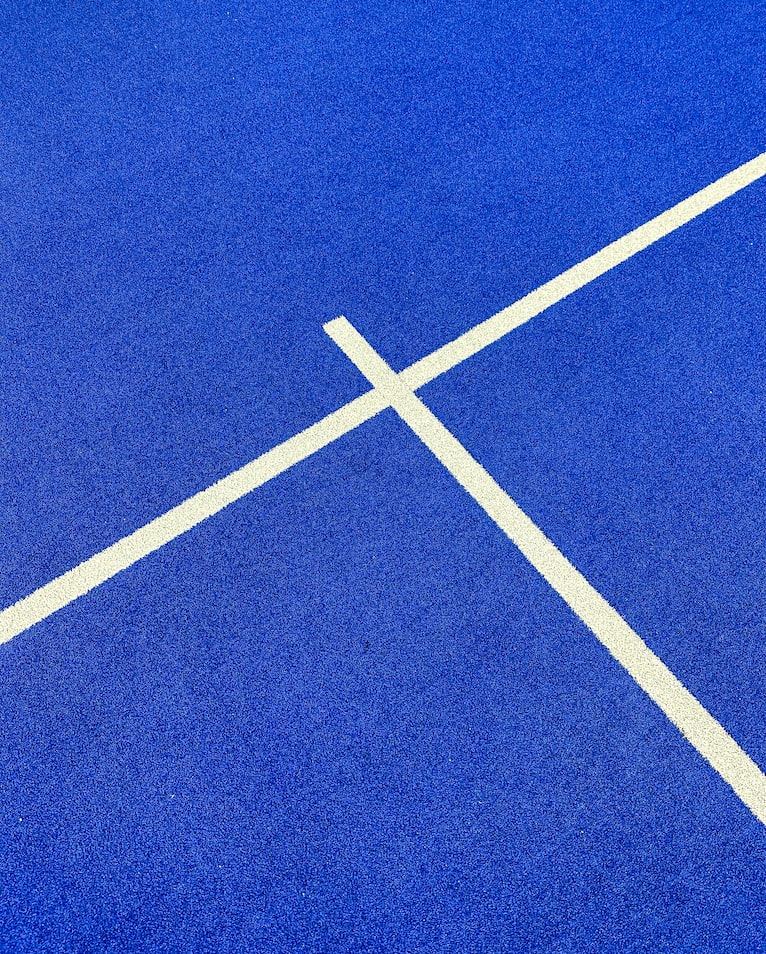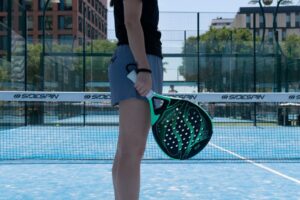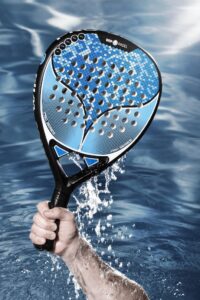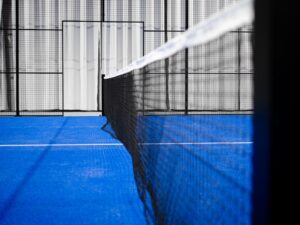Tactics for Returning Serve in Padel: Reading Your Opponent’s Game
3 min read
Tactics for Returning Serve in Padel: Reading Your Opponent’s Game
Discover the Secrets to Mastering Your Return in Padel
Are you tired of constantly missing your return in padel? Do you find yourself in a never-ending cycle of frustration, unable to decipher your opponent’s serve? Well, fear not, fellow padel enthusiasts! In this article, we will delve deep into the art of returning serve in padel and explore the importance of reading your opponent’s game. So grab your racket, put on your game face, and let’s get started!
Unleash Your Inner Sherlock: Observe and Analyze
Returning serve in padel is not just about hitting the ball with all your might; it’s about studying your opponent’s game like a detective. The first step is to observe their body language, grips, and position on the court. Are they favoring a specific area? Are they switching their grip before serving? Notice these small details, for they hold valuable clues to their next move.
Another crucial aspect to pay attention to is their serving pattern. Do they consistently serve to the forehand? Or do they mix it up, targeting both the forehand and backhand? By analyzing this pattern, you can better position yourself and adapt your return accordingly.
The Art of Anticipation: Mind Games
Returning serve is as much a mental game as it is a physical one. One key tactic is to try and read your opponent’s intentions before they even hit the ball. Watch their body movements, especially their arm swing and shoulder rotation. This will give you a clue as to the direction and pace of their serve.
By mentally preparing yourself for different serves, you’ll have a better chance of reacting swiftly and effectively. Keep your mind sharp and your eyes peeled, ready to pounce on any opportunity that presents itself.
Vary, Vary, Vary: The Element of Surprise
Just as your opponent tries to throw you off balance, it’s essential to keep them guessing too. One efficient way to do this is by varying your return. Surprise them with a cross-court return when they least expect it, forcing them to scramble for the ball. Or try a lob shot to keep them on their toes.
Another useful trick is to mix up your footwork. Experiment with your position on the court. Move closer to the net or step back to challenge your opponent’s expectations. By embracing the element of surprise, you’ll gain the upper hand and increase your chances of winning the point.
The Art of Persistence: Practice Makes Perfect
Returning serve in padel is not a skill that can be acquired overnight. It requires patience, dedication, and most importantly, practice. Practice different return techniques, experiment with angles and spin, and master your footwork. The more you practice, the more your instinct will develop; you’ll be able to read your opponent’s game effortlessly.
Mix up your training routine by practicing with players of different skill levels. Challenge yourself against more advanced players to sharpen your reactions and anticipate their serves better. Remember, even the most successful returners in padel started as beginners. So keep at it, and with time, you’ll become a force to be reckoned with.
Ready to Ace Your Return?
Returning serve in padel is an art form that combines observation, anticipation, and surprise. By closely studying your opponent’s game, keeping your mind sharp, and varying your returns, you can gain a significant advantage on the court.
So go out there, armed with these tactics and your newfound knowledge, and dazzle everyone with your remarkable returns. Remember, success in padel is not just about power—it’s about strategy, finesse, and the thrill of outsmarting your opponent. Good luck!







